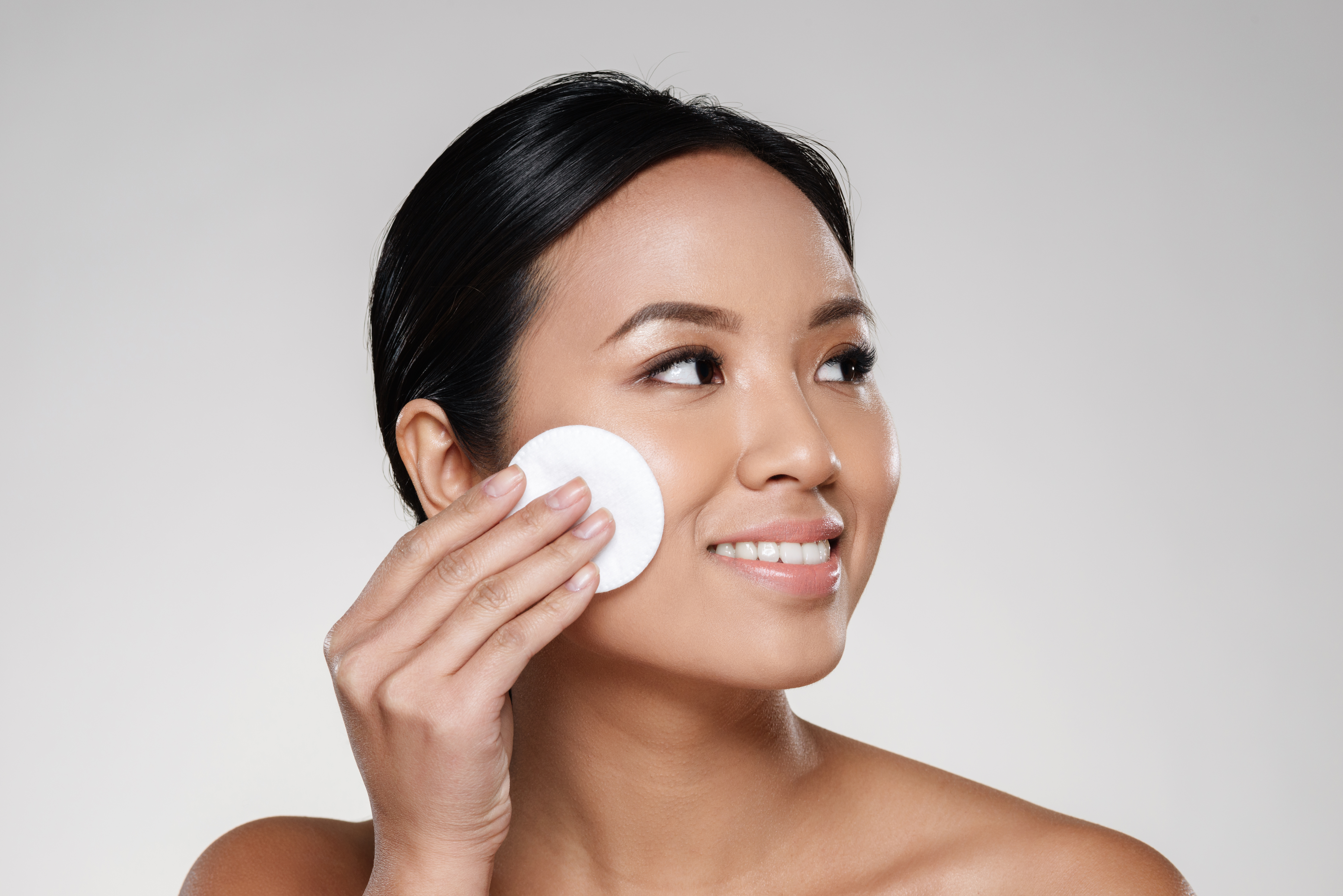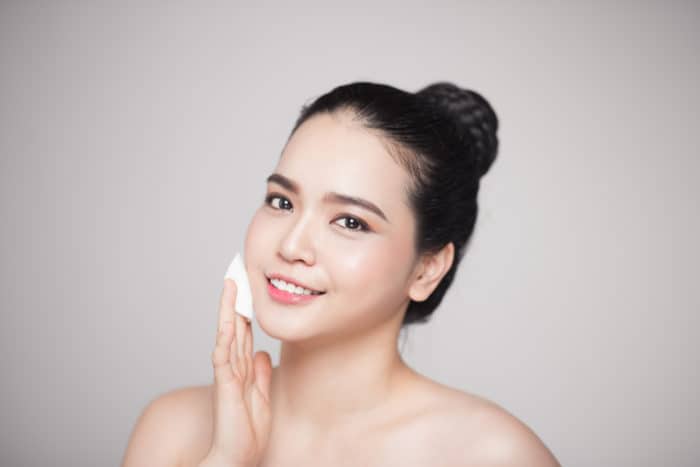Contents:
- Medical Video: 5 Skincare Combinations that Cause Breakouts & Inflammation in Your Skincare Routine | Beauty Tips
- 3. Hyaluronic acid + AHA / BHA
- 4. Hyaluronic acids + retinol
- 2. Mix the treatment of acne and retinol
Medical Video: 5 Skincare Combinations that Cause Breakouts & Inflammation in Your Skincare Routine | Beauty Tips
At present, using several layers of skin care products is trending. All are competing to combine their skin care products from serum, essence, lotion, face oil,to moisturizers containing AHA acid, BHA, Retinol, vitamin C, and others. No exception to the combination of acids for skin care.
In fact, you should not just combine various skin care products. Especially for facial skin that is more sensitive than the skin in other body parts.
Why, really, product combinations must be considered? This is important because it is related to the content or active substances which are the main ingredients of the product. The combination of two improper ingredients can irritate the skin or even make them both useless because the nature of the active ingredients can inhibit each other.
So what kind of combination is recommended and which should be avoided? Here's the explanation by Dr. Joshua Zeichner, skin specialist from Mount Sinai Hospital in the United States and Dr. Michele Faber, skin specialist and researcher from the Schweiger Dermatology Group in the United States.
The type of acid for skin care may be combined
1. AHA (Alpha Hydroxy Acids) + BHA (Beta Hydroxy Acids)
AHA and BHA have properties as lifting dead skin cells. The use of AHA combined with BHA can increase the effectiveness of both because the content and workings of both are different. In general, AHA is more targeted for dry skin because it is soluble in water. Whereas BHA is intended for oily skin because the BHA component dissolves in oil so that it seeps deeper and is effective for dealing with problems such as blackheads and zits.
AHAs (for example: glycolic AC ID) can help to brighten facial skin, while BHA (for example: salicylic acid) can reduce oil production on the face.
However, the use of AHA and BHA must also pay attention to things such as their functions which are effective at a certain pH. Our facial skin is generally in acidic pH conditions from 4.2 to 5.6. This acid condition helps reduce bad bacteria on the face that develop under alkaline conditions, namely at pH 10.5 to 11.
BHA is effective when formulated at pH 3.5 and AHA will be effective when formulated at pH less than 4. Therefore, when layering AHA and BHA, use BHA first because it is more acidic and oil-soluble, just continue with a more alkaline AHA and water-soluble.
2. Topical AHA / BHA + vitamin C
Just like AHA and BHA, vitamin C must also be formulated at certain pH levels to be effective. In addition, vitamin C must also be packaged properly because it is very easy to oxidize and damage.
The efficacy of vitamin C is at a pH level of less than 3.5 so that to combine it with AHA / BHA, you should use from the lowest pH first, namely vitamin C then continue with BHA and the last AHA.
However, be careful when using AHA / BHA and vitamin C simultaneously, because it can cause irritation to sensitive skin.
3. Hyaluronic acid + AHA / BHA
Hyaluronic acid aka hyaluronic acid is one of the active ingredients that are widely circulating in the market because of its function to moisturize the skin and maintain water content in the skin.
AHA and BHA are quite strong types of acid so that in people who have sensitive facial skin, the use of both can cause irritation to facial skin. Combination hyaluronic acids with AHA / BHA it helps to reduce the irritation that can be caused by AHA / BHA and also has the role of keeping the skin moist.
This acid combination for skin care is safe so that it can be used together.
4. Hyaluronic acids + retinol
Retinol is a skin care ingredient that is quite effective in reducing the signs of aging (such as fine lines on the face) and hyperpigmentation of the skin. However, retinol often makes the skin dry and irritated so that it fits when combined with hyaluronic acids.
Because, in addition to improving skin hydration, components hyaluronic acid also has properties anti-aging so that it can increase the effectiveness of retinol.
Don't use it together!
1. Hydroxy acids (AHA / BHA) and retinol
Avoid the combination of AHA / BHA with retinol because the three properties are quite strong. The use of AHA / BHA combined with retinol at the same time can cause irritation to facial skin.
If you want to use AHA / BHA and retinol, use it alternately. The first night using AHA / BHA, the second night using retinol, and so on.
For retinol, start by using it every 2-3 days, if your face is familiar with retinol, then you increase it every night. Don't forget to try from the lowest concentration of retinol first and always use it sunscreen if you use retinol or AHA / BHA.
2. Mix the treatment of acne and retinol
Benzoyl peroxide and salicylic acid (salicylic acid) are two types of products to deal with acne that you find most often in products that are sold freely on the market. However, these two types of acids for skin care are not recommended for use together because the skin will become very dry and become irritated.
However, there are skin care products that are used by skin specialists who combine both for acne therapy. Therefore, before mixing the two, you should consult with a dermatologist.
Likewise with combinations benzoyl peroxide and retinol. Although there are products on the market for acne, a combination of both can cause the skin to become irritated. Then it's best before you start the combination benzoyl peroxide and retinol or acid combinations for any skin care, consult a doctor first.














